|
Mediterranean foods are typically high in vegetables, fruits, whole grains, beans, nuts, seeds, lean proteins like fish, healthy fats like olive oil, fresh herbs, and the occasional glass of red wine. It has also been the most widely researched style of eating and has shown to have heart health benefits. There are so many reasons why beans are truly one of the best foods we can eat. They are a great source of plant based protein and complex carbohydrates. This means the carbohydrates are rich in fiber which is amazing for your gut health. Did you know that most Americans don’t meet their recommended 30g of daily fiber? Fiber is so important because it’s a prebiotic which helps to feed all the good bacteria in your gut! On top of all that goodness, legumes also contain iron, calcium, phosphorus, zinc, magnesium, and folate. Not to mention they are easy on your budget! If you happen to be looking for a healthy work lunch, look no further! This lunch is super easy to whip up for the whole week ahead and is packed with nutrition to keep you satisfied. Since this salad doesn’t contain any leafy greens like a typical salad, it doesn’t get soggy or wilted so you can dress the salad while you are preparing it and you won’t have to worry about it sitting in the fridge during the week. If anything, the veggies will marinate in the dressing making it tastier each day! I recommend pairing this salad with some homemade hummus and pita for a complete and delicious mediterranean style lunch. Serves 10
Ingredients for the Salad:
Nutrition Facts per Serving: 165 calories, 21g carbs, 4.5g fiber, 8g fat, 6g protein, 255mg sodium
0 Comments
 It's that time of the year - school is here! If you’re a parent or caregiver, you may already feel overwhelmed just thinking about packing school lunches for your kiddos. Lunch planning and packing are actually great activities to involve your kids in. As the parent, your roles are to ensure nourishing food options are available to pack and to provide guidance/assistance to your child. Your child’s jobs are to communicate their food preferences, give feedback on how much food is satisfying for meals and snacks, and to assist or independently pack their own lunch, depending on their comfort or maturity level. This may be a work in progress, but with time, your child will learn how to pack healthful food to fuel them for a day of school. As you ease into passing along lunch packing duty, assess your child’s readiness level. Children in grades 1 to 3 may not be ready to pack independently, but they can certainly help with making decisions about what they’d like you to pack. This would also be a good time to brainstorm and plan together with this handy chart! Have discussions with your child about what should be included in a healthful lunch. Aim to always have “growing food” (protein and whole grains), fruit, and veggies on hand. By grade 4 to 6, your child may be ready to pack all or part of their lunch independently. Maybe they could assemble a wrap, sandwich, pasta salad, or leftovers, but they may need more assistance with slicing fresh fruits and veggies and packing food up properly to ensure food safety. And don’t forget to involve your child in grocery shopping so they can take pride in their selections for the week. Last month, the Sound Dietitians team had a blast talking about planning healthy lunches and doing some hands-on prep with kids and families at Verdant Community Wellness Center. This was an excellent way to conclude Kids Eat Right Month and prepare for the start of school. Here are some tasty recipes from our class! Chicken SaladLeftover chicken breast or rotisserie chicken can easily be chopped or shredded to be used in lunches and additional dinner meals. Toss shredded chicken on salad or pasta, season for tacos or quesadillas, or make a batch of this delicious chicken salad. It is perfect for school lunches or snacks and can be enjoyed as a sandwich, wrap, or with whole grain crackers. Just remember to pack it with some cold packs so it stays chilled until lunch time.
Directions:
Nutrition per 1/2 cup serving (with almonds and grapes): 240 Calories; 12g Fat; 27g Protein; 7g Carbohydrates; 1.5g Fiber; 300mg Sodium Rainbow Power Bowl with Easy Red Wine VinaigretteThis bowl was a HUGE hit with our class! The kids loved shaking up their own dressing and choosing a variety of colorful veggies for their bowls. One kiddo commented “the cucumbers are so crunchy and refreshing!” After assembling, these grain bowls are too pretty to pass up. Makes 2 Cups Recipe adapted from: https://www.superhealthykids.com/rainbow-buddha-bowls-kids/
Red Wine Vinaigrette:
Directions: (Dressing)
Notes:
Nutrition per one example bowl (½ cup quinoa; 1/3 cup each cucumber/peppers/tomatoes, ¼ cup roasted sweet potato, 2 Tablespoons roasted chickpeas; 2 Tablespoons vinaigrette dressing): 355 Calories; 19.5g Fat; 7g Protein; 38g Carbohydrates; 6.7g Fiber; 210mg Sodium Chocolate Cherry Energy BallsThese energy balls are a great alternative to packaged, processed snacks because they are only lightly sweetened and also provide protein, fiber, vitamins and minerals. You can have fun mixing them up on the weekend and enjoy throughout the week. Makes 24 Energy Balls Recipe adapted from: https://www.smartnutrition.ca/recipes/mix-n-match-energy-ball-recipe/ Directions:
Notes:
Nutrition per energy ball: 55 Calories; 2.5g Fat; 1.5g Protein; 7g Carbohydrates; 1.2g Fiber Fun extra: Check out America's Test Kitchen's "Kid Friendly Recipe & Activity Testing" to encourage food, cooking, and STEAM (Science, Technology, Engineering, the Arts, and Mathematics)! Happy planning, prep, and packing ~ Wishing you all an excellent start to a new school year! ~Holly, RDN  This past Saturday, the Sound Dietitians team had a blast talking about planning healthy lunches and doing some hands-on prep with kids and families at Verdant Community Wellness Center. This was an excellent way to conclude Kids Eat Right Month and prepare for the start of school. Some of our participants will be starting classes again in just a week or two! Here are a few highlights and a favorite recipe from our class. Three Steps to Healthy Lunches 1. Planning: Get kids involved in the planning process
2. Preparation: Practice food prep skills and food safety with your children
3. Packing: Put it all together for a nutritious and safe lunch
Ingredients
Directions
Nutrition: (for example combination – ½ C quinoa; ½ C mixed edamame/cherry tomatoes/orange bell pepper; sugar snap peas; 1 Tablespoon sunflower seeds, 2 teaspoons Balsamic vinaigrette dressing)
Happy planning, prepping, and packing ~ Wishing you all an excellent start to a new school year!
Holly, RDN Let’s face the facts: as much as we may love our kale, good things do not last forever. We have all faced the disheartening moment when your once-crisp spinach turns into a pile of bruised, unappetizing mush. Never fear, there are a few tips that you can use along the way to prolong the quality your leafy greens! Our last visit to the farmer’s market included sharing such tips, in addition to classifying different greens, and ideas for preparation. Families gathered ‘round to spin the “head of knowledge” and put themselves to the test. Have you used produce wash on your greens? Apparently such an act, despite us believing it’ll benefit us, is a big “no-no”. Are you on top of your salad game? Look below to find out! We love our spinner - can you tell? This week it is a "salad spinner"! Top Tips for Washing Leafy Greens from Eatright.org
Bruised greens? No problem. Both of the recipes below have enough flavor and texture to disguise most lettuce that crosses into the “not ideal for salads” zone. The kale chip recipe is not only packed with B vitamins, it provides a crave-worthy salty and crunchy alternative to the average bag of chips! And the green smoothie is so good, spinach is the last ingredient you- or your family members- will think of when you sip on it. Preheat oven to 250 F. Wash, spin or pat kale dry. Remove the stem and cut or tear kale into bite site pieces. Toss kale in oil. Cover baking sheets with parchment paper. Spread kale leaves over the sheet and sprinkle seasoning of choice. Bake for 30 minutes. Kale chips should be crunchy and green. They burn easily, so be sure to check on them and adjust the time as needed. 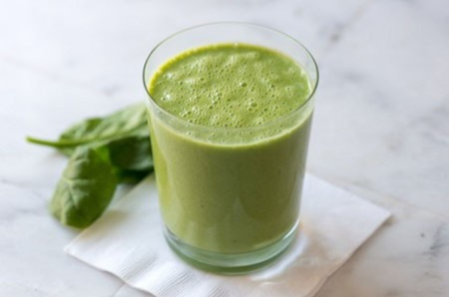 Green Smoothie YIELD: 2 servings 2 cups Spinach, 4 Strawberries, 1 cup orange juice, 1/2 cup plain Greek yogurt. Blend until smooth and enjoy! Combine vinegar, oil, mustard, and sugar in a jar with a tight-fitting lid; shake well. Toss spinach, blueberries, goat cheese, and hazelnuts in a large salad bowl. Drizzle with dressing and toss gently; serve immediately. If you’re lucky enough to frequent the Everett Farmer’s Market, take this recipe along with you! Almost all of the above ingredients can be found at the market right now. If your shopping loyalties lie elsewhere, not to worry. This salad is composed of in-season produce that can be found almost everywhere in the PNW. No hazelnuts? Almonds slices or pumpkin seeds will do the trick! Adding a hardboiled egg, chicken breast or salmon fillet would also revamp this salad from a snack to an evening meal. I hope salading down in the kitchen with your newly acquired lettuce facts will help you find your inner peas. :) Feel free to visit us for another beautiful day at the Everett Farmer’s Market, this Sunday, July 24th! ~ Olivia |
SD BlogA place for our consultant Registered Dietitian Nutritionists (RDNs) to share nutrition science, yummy and healthy recipes, tips on seasonal ingredients, and other nutritional musings. Enjoy! Categories
All
Archives
May 2024
|

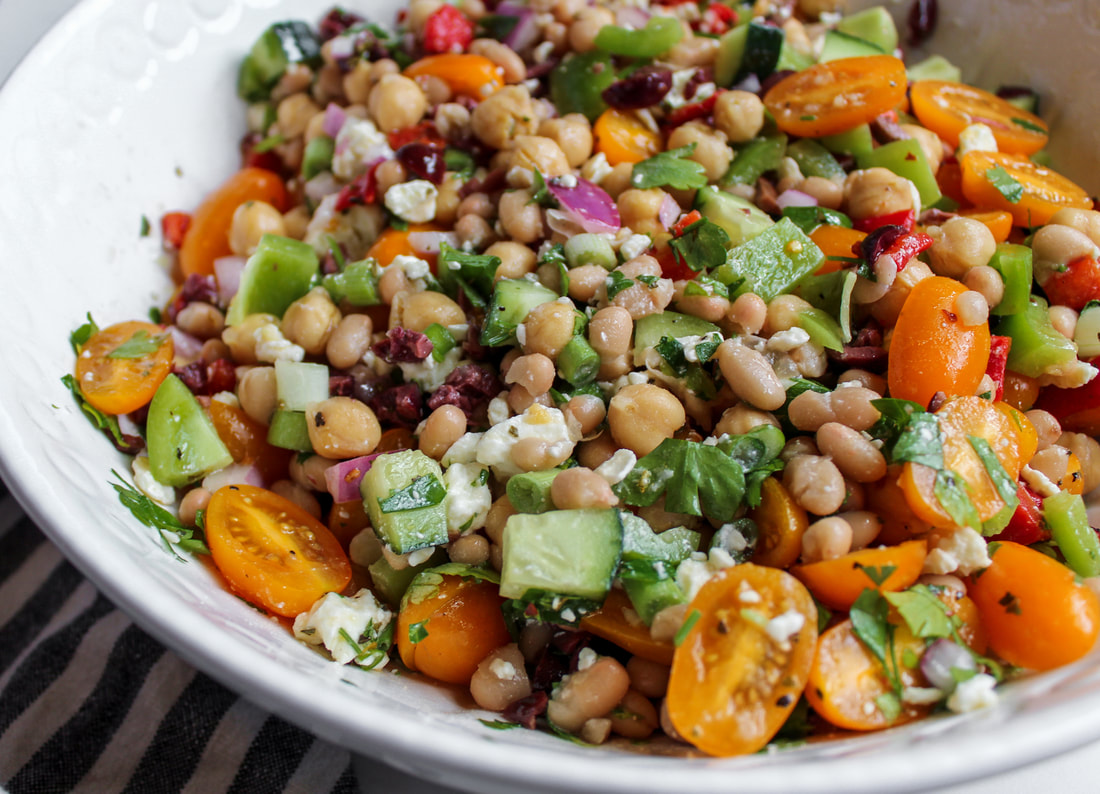
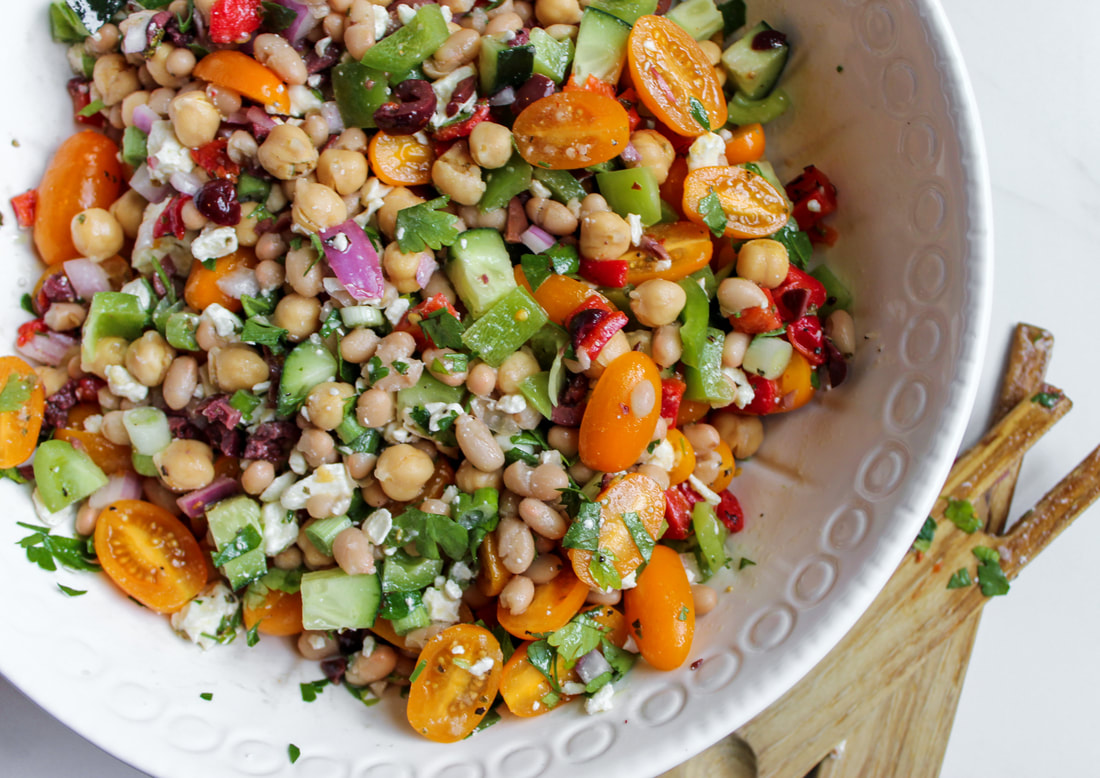
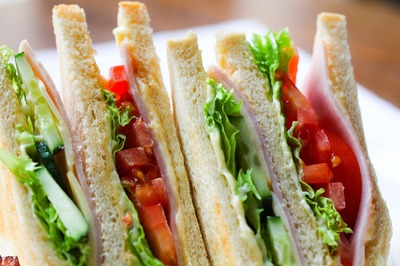
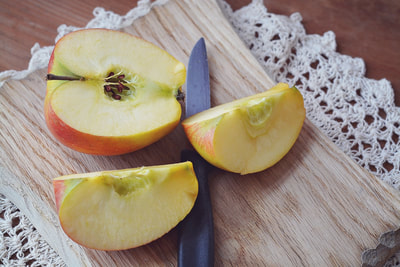
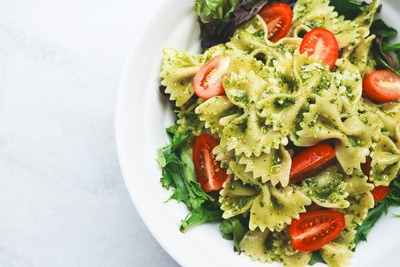
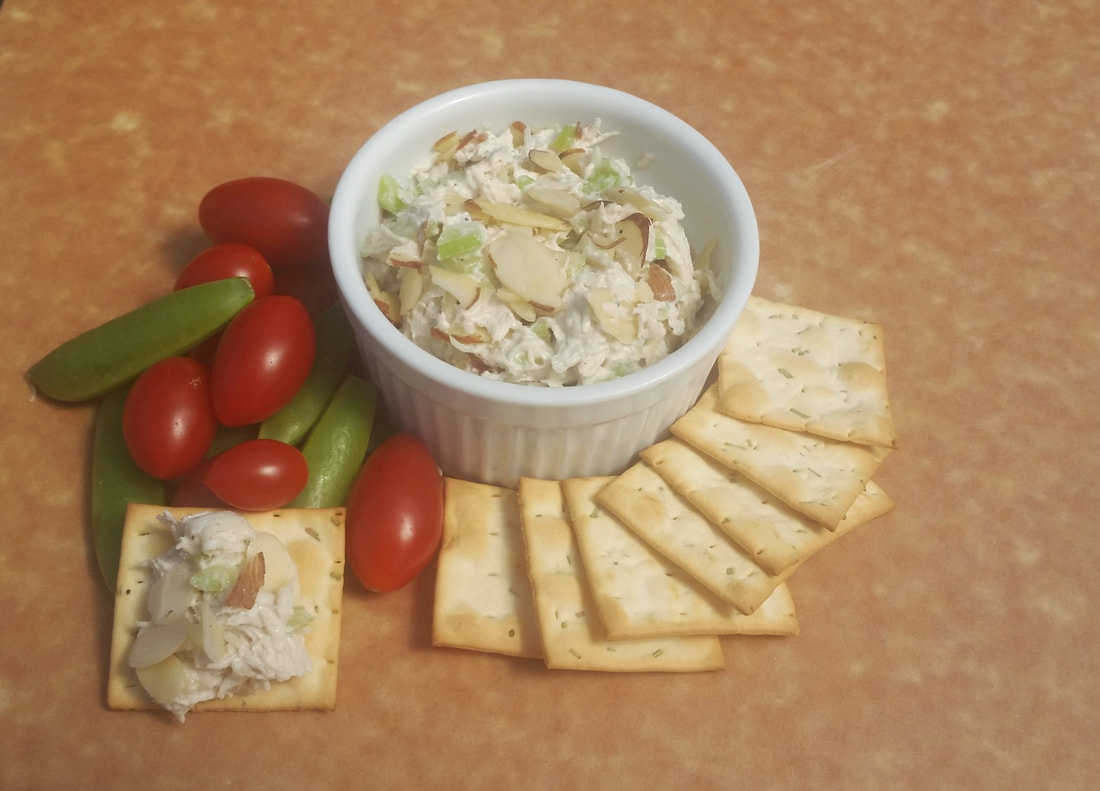
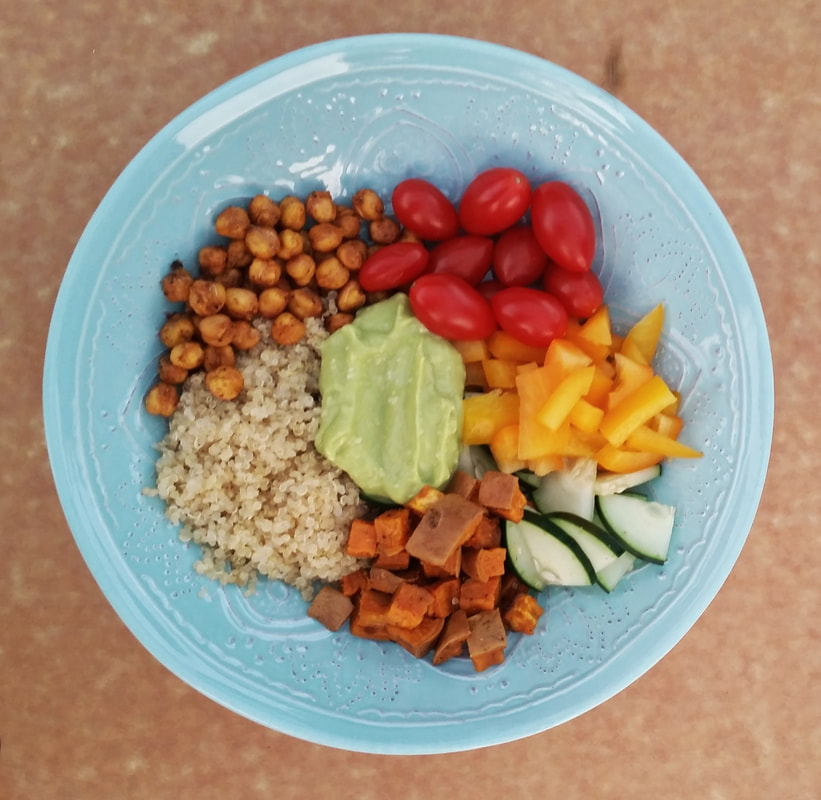
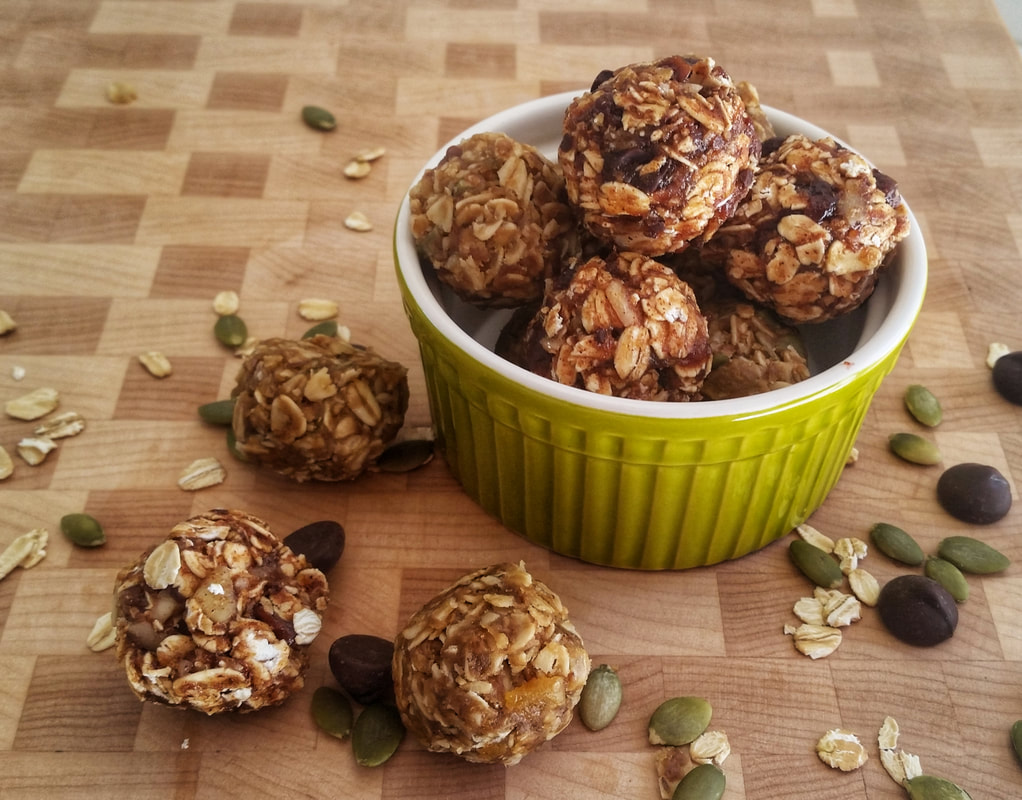
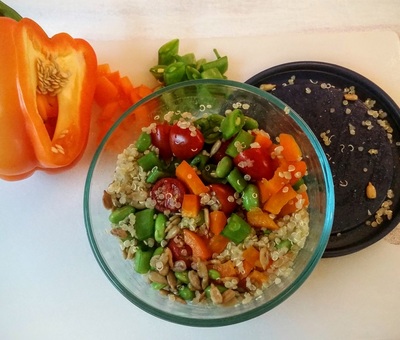
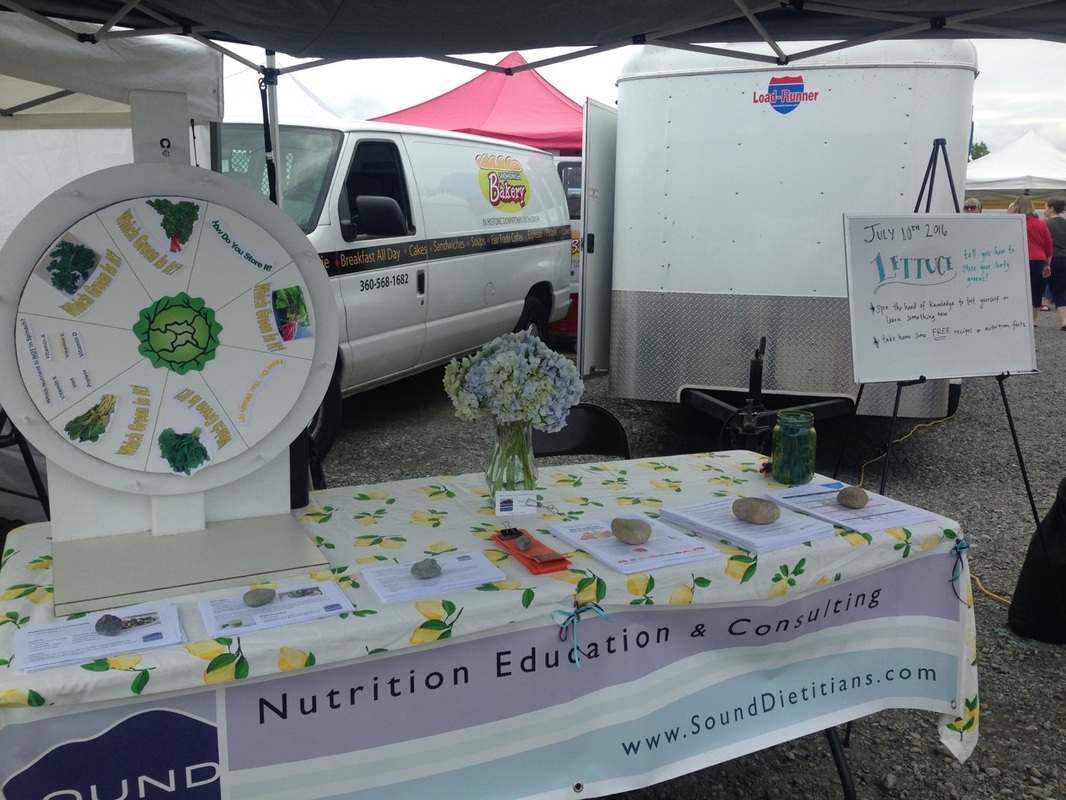
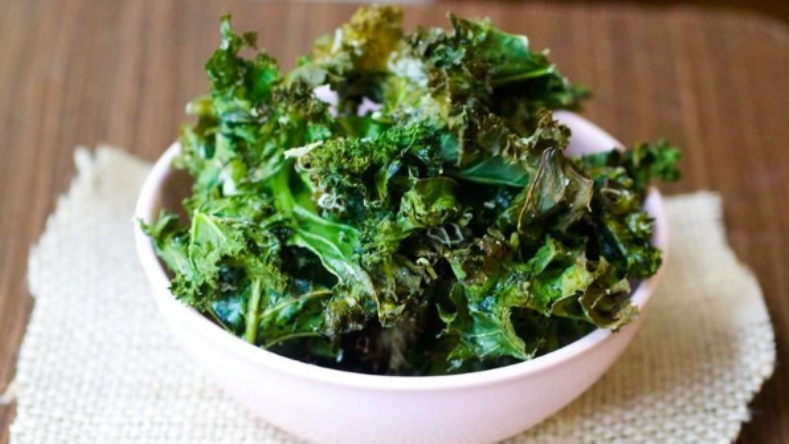
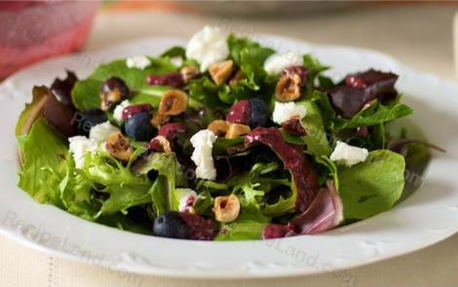
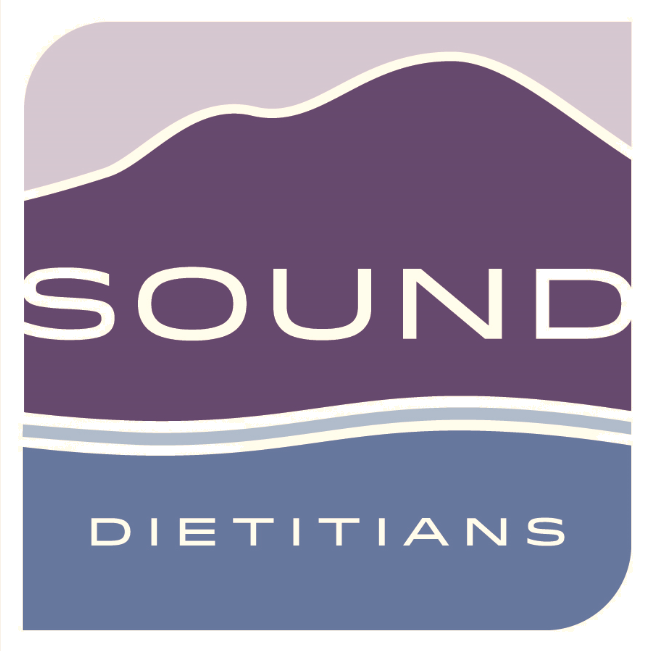
 RSS Feed
RSS Feed